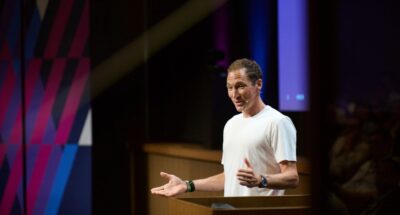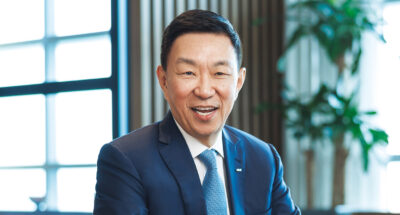Employers should consider the nature of work
There are routes through the maze. Above all, it is the nature of work that matters most – thinking about how and when their staff are focused on ‘exploitation’ and ‘exploration’ is one way for employers to design a new workplace model.
Exploitation is the work that simply depends on staff having the right tools – a laptop that allows them to produce a report, for example. These tools can typically be installed in any location – and there is no obvious reason for employers to insist on a location of their choice.
Exploration, meanwhile, is the work that is much harder to do without human interaction. There are tools that enable this connection outside the traditional workplace, but there are limits to what they can achieve. This is the area that employers are likely to focus on when they think about their workplaces.
One recent study,1 co-produced by IMD authors, identified at least three important examples of exploration:
- First, unstructured collaboration describes the chance encounters that people working in the same location have. These ‘watercooler moments’ might often generate no more than idle conversation, but occasionally they kickstart a process of innovation. Perhaps someone mentions a problem and someone else knows who might be able solve it, or someone raises an idea in passing and a colleague latches on to it.
- Second, learning is an important part of the workplace experience. Younger colleagues and new employees, in particular, benefit from proximity: they can ask questions quickly and spontaneously, and a lot of their learning comes from simply being around others and watching the way they work.
- Third, the office can also function as an important social anchor. It is a place where people enjoy human interactions and the relationships they build with the colleagues they encounter each day. And this is not a luxury – those relationships form an important part of the company’s culture.
Some people believe that these exploration activities can be pursued happily even when staff are working fully remotely. Sid Sijbrandij, GitLab’s CEO of GitLab, which has operated with an entirely remote workforce for a while, goes further, saying that “hybrid can be horrible.” Hybrid working is divisive and impractical, he warns, urging other employers to instead embrace either a fully remote or a fully office-based model. GitLab has compiled a 2,000-page handbook containing the lessons it has learned about how to achieve those goals outside of the workplace.
But many organizations are less convinced. They worry that while rapidly evolving workplace technologies provide some help, and were essential during the pandemic, they do not fully replicate the office experience. Chance encounters have to be converted into more formal and scheduled meetings, learning by symbiosis is no longer possible, and relationships suffer without personal contact.







